Ground shipping is currently paused. Local deliveries throughout Long Island will continue as usual. Pre-orders for fall are now open. Non-local orders will begin shipping again in early September. Click here to learn more.
Ground shipping is currently paused. Local deliveries throughout Long Island will continue as usual. Pre-orders for fall are now open. Non-local orders will begin shipping again in early September. Click here to learn more.
| Size | |
|---|---|
| Common Name | |
| Type | |
| Family | |
| Native? | |
| Zone | 3, 4, 5, 5b, 6, 7, 8, 8b |
| Height Range (ft.) | 3.00 to 6.00 |
| Spread (ft.) | 3.00 to 6.00 |
| Bloom Time | |
| Bloom Description | Clusters, five-petaled flowers, pinkish-white flowers |
| Sun | |
| Water | |
| Maintenance | |
| Suggested Use | Erosion Control, Hedge, naturalized areas, ornamental shrub, wildlife gardens |
| Tolerate | |
| Growth Rate | |
| Attracts |
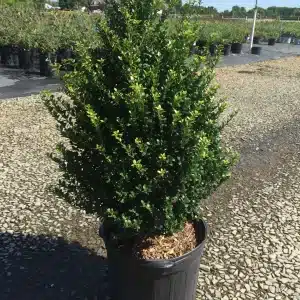
Aronia melanocarpa is a resilient native shrub with white spring blooms, red fall foliage, and bird-friendly black berries that persist through winter.
$18.99
Please note: Sizes 1.5 Gallon and up can’t be shipped outside the counties of Nassau, Suffolk, and Queens.
Learn more about how the process works and how our plants are delivered.
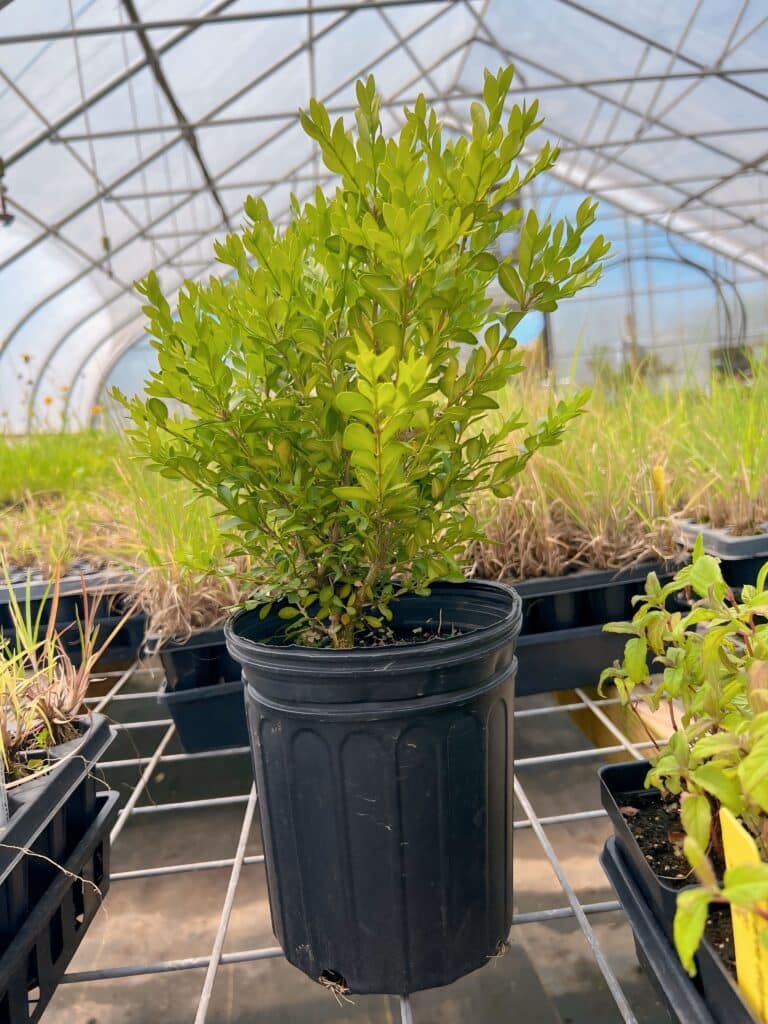

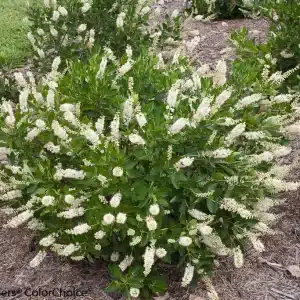
Ground shipping is paused due to summer heat. Only local delivery (Long Island & Queens) is available. Orders placed during the pause will begin processing September 1, and ground shipping will resume September 15.
| Size | |
|---|---|
| Common Name | |
| Type | |
| Family | |
| Native? | |
| Zone | 3, 4, 5, 5b, 6, 7, 8, 8b |
| Height Range (ft.) | 3.00 to 6.00 |
| Spread (ft.) | 3.00 to 6.00 |
| Bloom Time | |
| Bloom Description | Clusters, five-petaled flowers, pinkish-white flowers |
| Sun | |
| Water | |
| Maintenance | |
| Suggested Use | Erosion Control, Hedge, naturalized areas, ornamental shrub, wildlife gardens |
| Tolerate | |
| Growth Rate | |
| Attracts |
Aronia melanocarpa, commonly known as Black Chokeberry, is a tough, adaptable deciduous shrub native to eastern North America, celebrated for its striking seasonal interest and ecological value. This multi-stemmed shrub grows 3 to 6 feet tall and wide, with glossy green foliage that turns vivid red and purple in fall. Clusters of small white flowers bloom in spring, followed by deep black berries in late summer that persist into winter. Black Chokeberry is a favorite for naturalized plantings, rain gardens, and pollinator landscapes thanks to its wildlife benefits, drought tolerance, and tolerance of wet soils.
Four-season appeal: Spring flowers, glossy summer foliage, fall color, and winter berries
Wildlife-friendly: Fruits feed birds; flowers attract pollinators
Hardy and adaptable: Thrives in poor soils, wet or dry, and handles urban stress
Sun exposure: Full sun to part shade; best fruiting in more sun
Soil needs: Grows in most soils, including wet or acidic types
Maintenance: Very low—prune in late winter if shaping is desired
Rain gardens: Excellent in low-lying or wet areas
Hedges and borders: Compact size fits well in residential landscapes
Naturalized plantings: Blends beautifully in meadows and wildlife gardens
Pollinator plant: Spring flowers support native bees and early insects
Bird food source: Late-season berries feed songbirds
Erosion control: Fibrous roots stabilize soil on slopes and near waterways
/5
Total reviews
|
|
Persons recommended this product
Anonymous
Shopper
check_circle Verified
Shop owner replied
Was this helpful
Anonymous
Shopper
check_circle Verified
Shop owner replied
Was this helpful
There are no reviews yet.
Be the first to review “ ”
Your feedback helps us improve our service.
Please log in to submit a review.
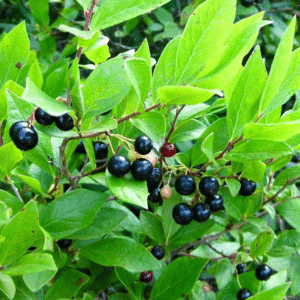
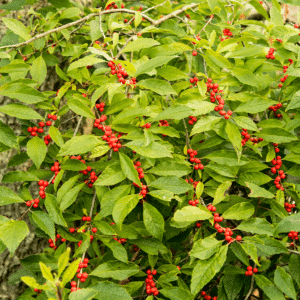
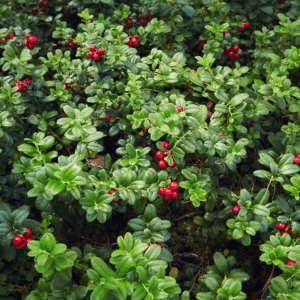

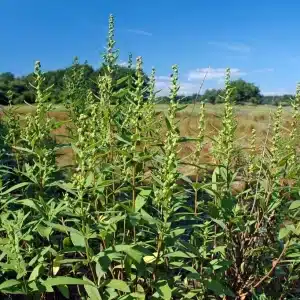
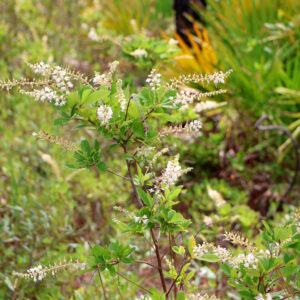
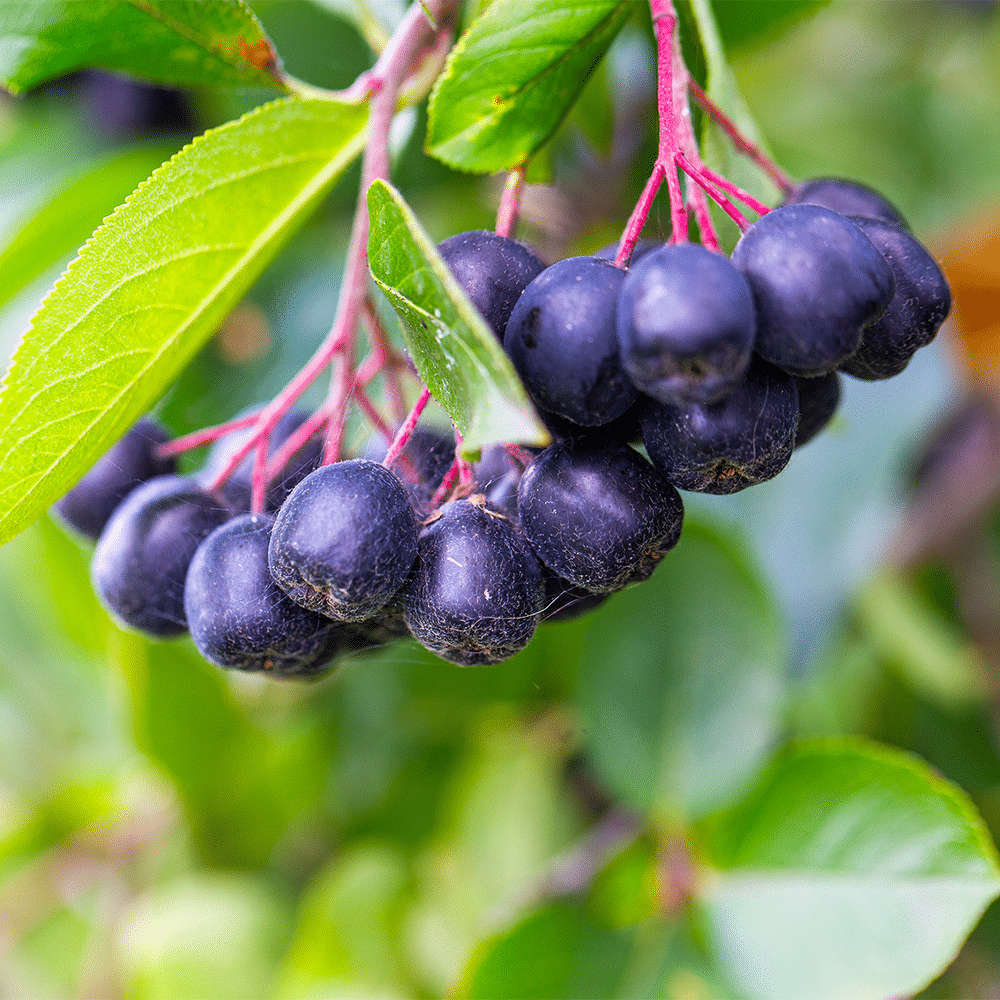
Yes. Aronia melanocarpa is native to the eastern and upper Midwestern United States, typically found in wetlands, woodland edges, and prairies. It is an excellent native shrub for supporting biodiversity and wildlife in both formal and naturalized landscapes.
Yes. Black Chokeberry produces clusters of dark purple-black berries in late summer to fall. The berries are edible for humans, though very tart and astringent when raw. They’re high in antioxidants and commonly used in jams, juices, syrups, and baked goods.
Black Chokeberry typically grows 3 to 6 feet tall and wide, forming a dense, multi-stemmed shrub. It may spread slowly by suckers, making it suitable for hedgerows, wildlife borders, and erosion control.
This shrub thrives in full sun to partial shade and tolerates a wide range of soils, including wet, dry, acidic, or clay conditions. It is hardy in USDA zones 3 through 8 and adapts well to rain gardens, woodland edges, and urban landscapes.
Absolutely. The white spring flowers attract native bees and other pollinators, while the berries are a valuable food source for birds and small mammals. As a native species, it also supports insect biodiversity and provides year-round habitat.
Our gift cards make it easy to share the beauty of plants, flowers, and all things green. Whether for a special occasion or just because, give the gift of choice and let them select their favorites to create a garden they’ll cherish.
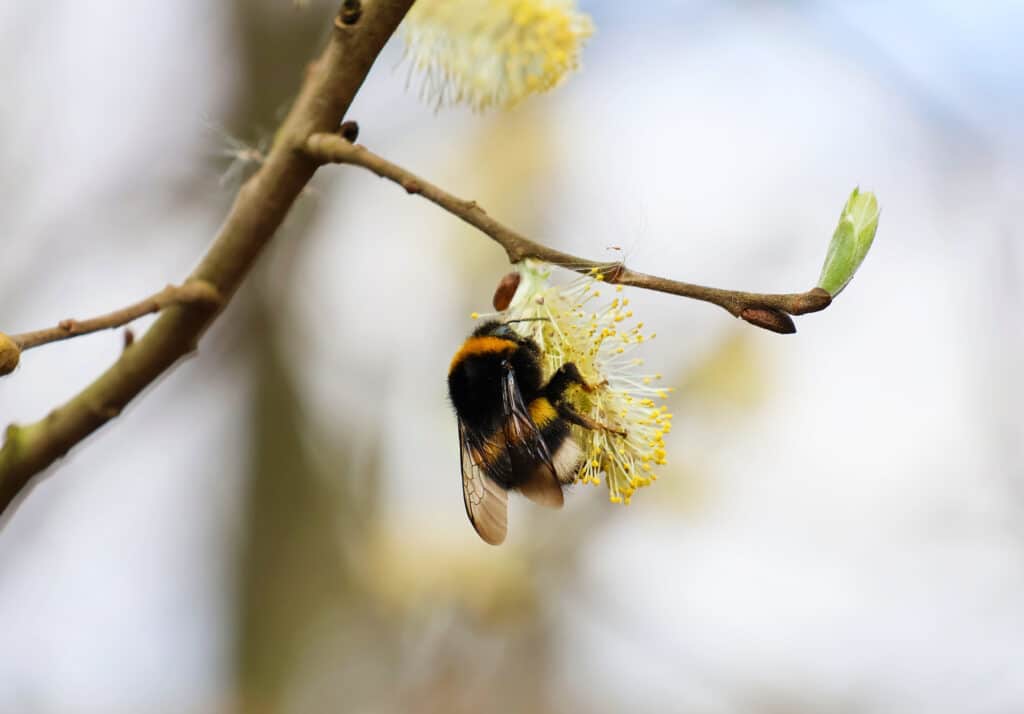
Only Local Delivery Available (Long Island & Queens)
Ground Shipping Paused
To protect our plants from extreme summer heat, we’ve paused nationwide ground shipping to avoid any damage during transit.
Local Delivery Only
We’re still delivering locally to Long Island and Queens, so nearby customers will continue to receive orders as usual.
Fall Pre-Orders Are Open Nationwide!
We will resume normal shipping for non-local orders placed during the pause in early September.
Thank you for your support and understanding—we’re looking forward to growing with you this fall!